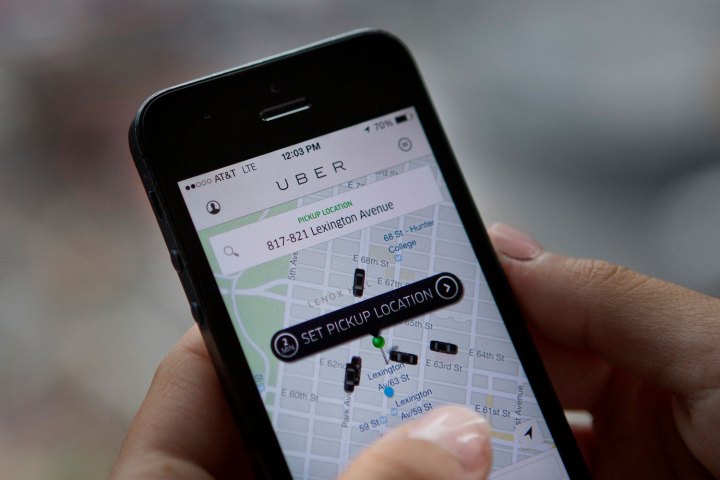
Uber has not yet revealed whether other countries have made similar requests for information, or if the company has complied with such requests.
In the relevant five-month period alone, Uber says it received 415 requests from various law enforcement agencies, many of which were related to fraud or stolen credit card cases. The $60 billion company was willing and able to assist in the majority of the cases, providing relevant data in 85 percent of the time.
The ride-sharing firm’s decision to release this information comes on the heels of similar maneuvers from other tech companies, including Google and Facebook, who are revealing plenty in the name of transparency.
In a blog post announcing the publication of such data, Uber wrote, “Our transparency report is the first report addressing regulated transportation services and includes information about reporting requirements for regulatory agencies. It provides a comprehensive overview of how many times government agencies in the U.S. at the federal, state, and local levels have asked for information about our business or riders and drivers.” The company also noted that, “The report shows that we comply with the majority of law enforcement requests, while ensuring they go through the proper legal process.”
Of course, Uber isn’t revealing all of its secrets. The company points out that its recent report “does not cover information we share in research partnerships with academics, information shared with the consent of a rider or driver, [or] information we’ve voluntarily provided for city planning purposes.” Rather, in those cases, Uber ensures “the data is anonymized and only shared in aggregated form. We may also share data proactively with law enforcement to protect people who use Uber and our company.”
If you’re curious to see just what Uber can and can’t share with the feds and beyond, you can check out their privacy statement here.
Editors' Recommendations
- Uber offers new feature for environmentally conscious riders
- Uber riders, dare to peek at this new data on the ridesharing app?
- Uber drivers and riders will soon be required to wear face masks
- Former Google, Uber self-driving car exec Anthony Levandowski fined $179 million
- Uber suspending some rider accounts to fight spread of coronavirus


